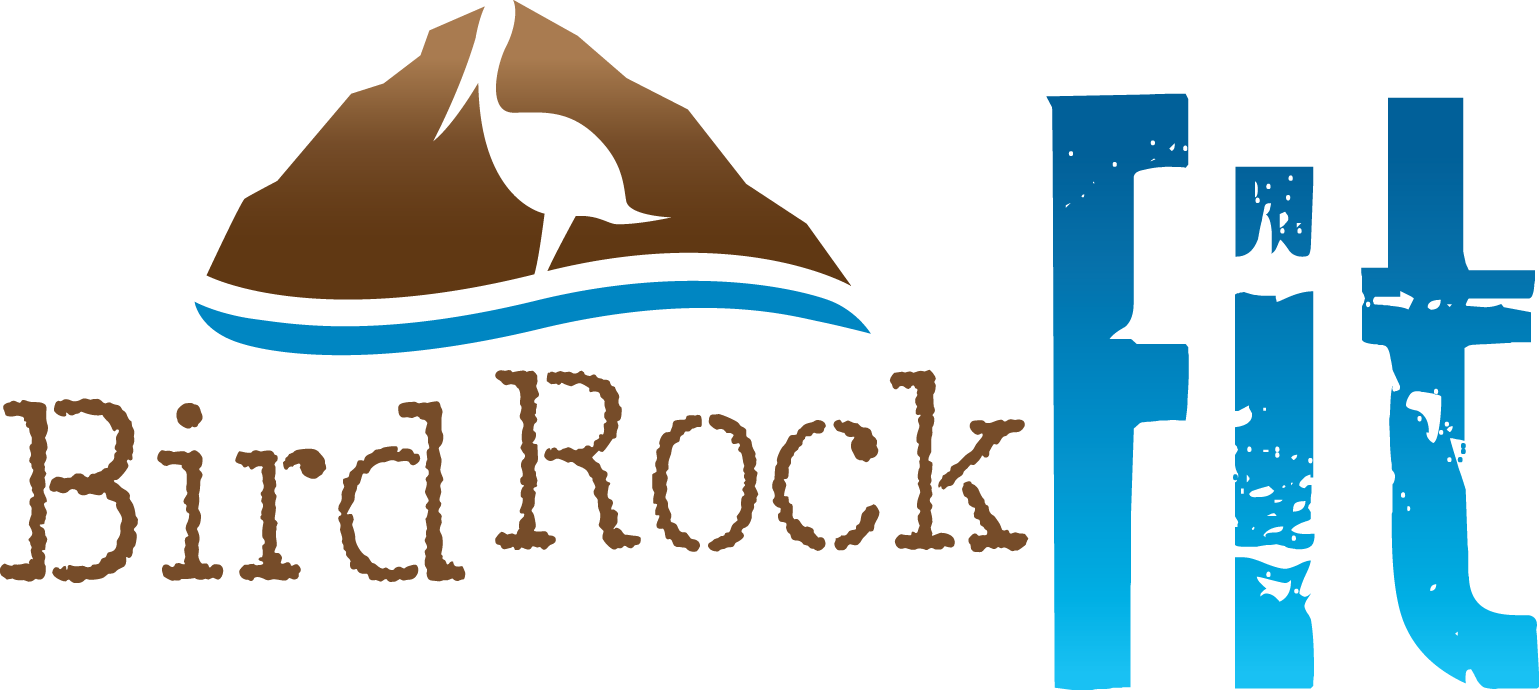The Best Exercise on the Planet
By Ryan Halvorson
Every so often I’m asked which exercise I’d choose if I could do only one exercise for the rest of my life. Years ago I said push-ups because they can be a very effective full-body exercise that offers lots of variation. Also, push-ups emphasize the chest and shoulders, which help fill out t-shirts. What can I say—I’m a dude and have streaks of vanity.
Then I got heavy into high-intensity metabolic conditioning, which tends to go hand-in-hand with elevated heart rates and buckets of sweat. So, I upgraded from push-ups to the more full-body burpee.
Both are great exercises, but another form of activity has now taken the top spot of my “desert island” exercise list.
It doesn’t come with fancy acronyms like HIIT and will never be featured in late night infomercials. Ripped dudes and fitness models probably will never endorse it. It won’t be included in any CrossFit WOD (workout of the day). It pretty much goes against today’s most popular workouts and protocols.
If I were only able to do one exercise for the rest of my life, it would be . . . walking. And I’m not talking your mom’s hip-swiveling, wrist-weighted power walk. I’m referring to the tortoise-paced, stop-and-smell-the-roses type of walk.
I know—it’s not that sexy or hot. It doesn’t make your muscles pop or give you that post-workout “sparkle” (err, sweat). However, it IS one of the healthiest forms of physical activity out there.
People who walk on a regular basis tend to report reduced stress and anxiety; are less likely to suffer from diseases like hypertension, type 2 diabetes or stroke; experience greater quality of life; and weigh less.
That’s right, walking on a regular basis can help you lose weight. This flies in the face of conventional wisdom because, as we’ve been told time and again, weight loss can only happen when your body goes into a caloric deficit—that is, you burn more calories than you consume. This is true. But walking is hardly a major calorie-burning exercise. So, what gives?
The primary consensus among researchers is that leisure walking helps the body deal better with stress, which is known to have the opposite effect on the body. Stress makes us crave those fatty, sugary, salty, high-calorie items that lead us to store fat (hello, emotional eating!). Stress also increases cortisol output. Cortisol isn’t a bad guy as many experts might suggest. It’s the stuff that gives us a little energetic boost when it comes time to fight or flight. But we rarely fight or fly anymore so that cortisol floats through the system unbalanced and unused. This can make it very difficult to lose weight.
The cool thing about walking is that it helps mitigate the potential downfalls of cortisol and increases output of happy hormones like endorphins. Walking can also curb cravings so you’re less likely over-do it with the calories.
It’s ideal to walk most days of the week for at least 30 minutes per session. More is better. But if you’re not used to walking, start small and head out for 5 or 10 minutes and then ramp up as you see fit. Or perhaps you can pair walking with another activity like catching up with your spouse or partner, walking the dog, or having a relaxing phone chat with a friend.
For those worker bees out there who are worried about taking time away from the desk because of looming deadlines—taking even a short 10-minute walk can help enhance creativity and productivity, say researchers.
Walking can be done anywhere and doesn’t require special equipment or a membership at a fancy gym. It provides so many benefits that there really isn’t any reason why we all shouldn’t walk more often!
Try it for a week and report back on how you feel.
Did you know: Our unique respiratory system is so well developed that, if walking, a human would eventually complete a marathon faster than a horse? Humans were designed to be extremely efficient and effective walkers.
Ryan Halvorson is the director of team training at Bird Rock Fit. He is a contributing editor for IDEA Health & Fitness Association, the largest educator of fitness professionals worldwide. His work has been published in Details, GQ, IDEA Fitness Journal, NASM’s Training Edge, On Fitness, and more. He has contributed insights for Men’s Journal, Prevention Magazine, Fox News, Weight Watchers Magazine, Yahoo, and MSN.

